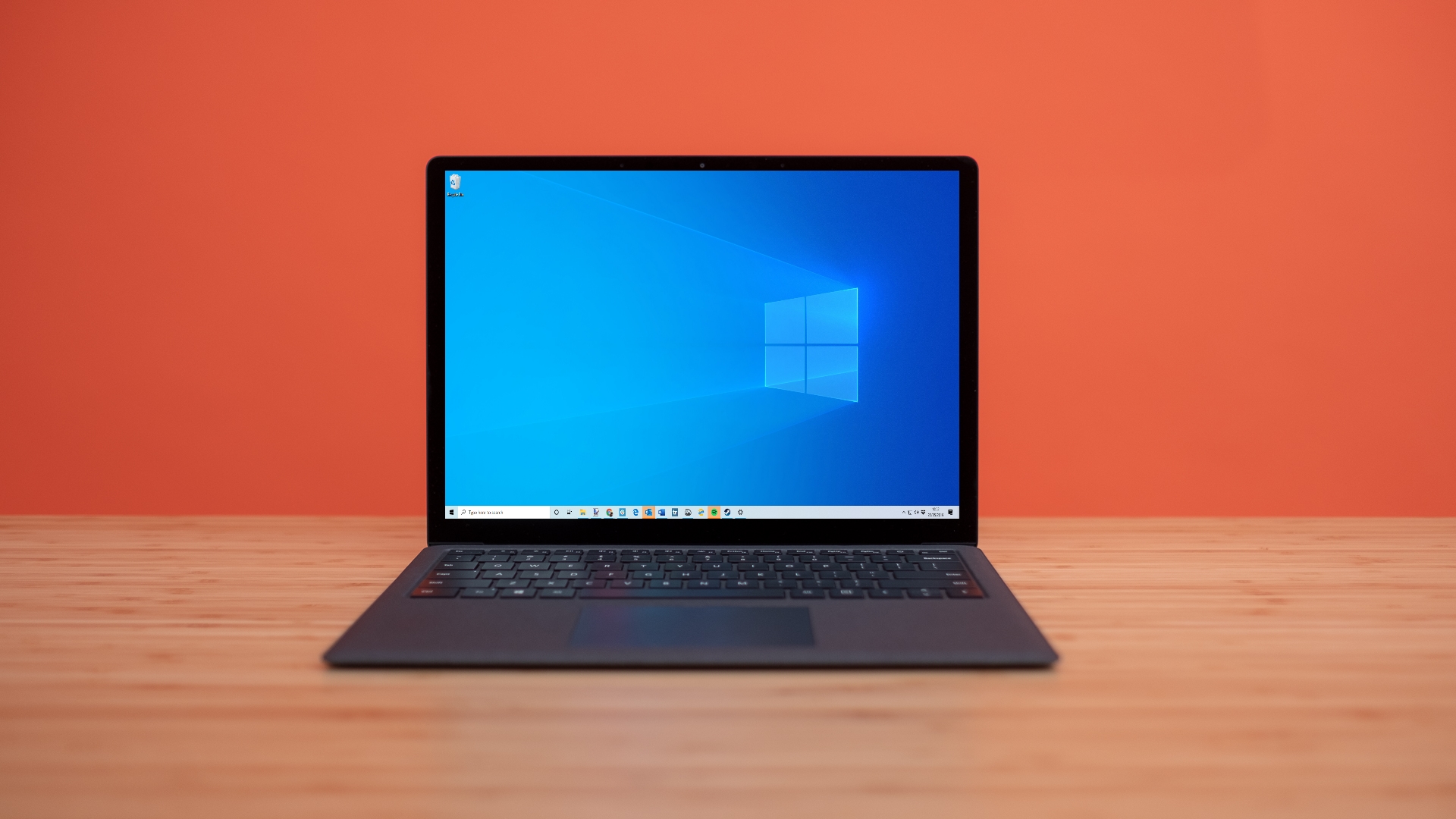Windows 10 November 2019 Update is so tiny it will download faster than you can blink
At least if you’re upgrading from May 2019 Update, with the latest cumulative update installed

Windows 10 November 2019 Update is a positively microscopic download, at least for those upgrading from the most recent version of Windows 10 (who have kept on top of their cumulative updates, as most users will have).
The size of the download is so small – a mere 180KB (yes that’s kilobytes, not even megabytes) – because the requisite files are actually already present for May 2019 Update users, so all that’s needed is a tiny enablement package. Essentially, that download is a simple ‘on switch’, as a Microsoft staffer observed in a recent online discussion (highlighted by Computerworld).
- Microsoft gave a recent Windows 10 update to the wrong users
- Windows 10X leak shows it’s not just for dual-screen devices
- These are the best Windows 10 laptops out there
Again, it’s worth stressing that this is only the case if you have installed the latest cumulative update for the May 2019 Update (because this actually contained the files needed, and was pushed out over a month ago).
If you haven’t installed that most recent cumulative update, the download is still pretty small at 330MB. Remember that the November 2019 Update isn’t a major upgrade anyway, but rather just a round of minor tweaking, with no big new features being introduced at all.
Those upgrading from a version of Windows 10 previous to this year will face a download of around 3.5GB, which is more like the common size to be expected for a Windows upgrade (essentially they are upgrading to the May 2019 Update, with a little bit of extra fixing on top, of course).
When you view 180KB next to a typical 3.5GB upgrade size, by the way, the download to enable the November 2019 Update is almost 20,000 times smaller.
Pilot project
Microsoft calls this new enablement method, which flicks the switch to send preloaded files live, a pilot project, with no ‘formal plan’ to deliver upgrades this way in the future (and apparently no intention of switching to a model of one major, one minor update per year – as one questioner taking part in the online discussion wanted to know).
Get daily insight, inspiration and deals in your inbox
Sign up for breaking news, reviews, opinion, top tech deals, and more.
It makes sense that the November 2019 Update is a one-off in this respect, because we’ve previously heard that the only reason Microsoft needed to do this was to adjust the release cadence of its Windows 10 major feature updates to better line up with the launch of Windows 10X (and dual-screen devices) next year.
Although that said, Microsoft didn’t say that it wasn’t ever going to provide a minor update like this current one again, so it remains a possibility in the future, perhaps.
- Check out the best laptops of 2019
Darren is a freelancer writing news and features for TechRadar (and occasionally T3) across a broad range of computing topics including CPUs, GPUs, various other hardware, VPNs, antivirus and more. He has written about tech for the best part of three decades, and writes books in his spare time (his debut novel - 'I Know What You Did Last Supper' - was published by Hachette UK in 2013).